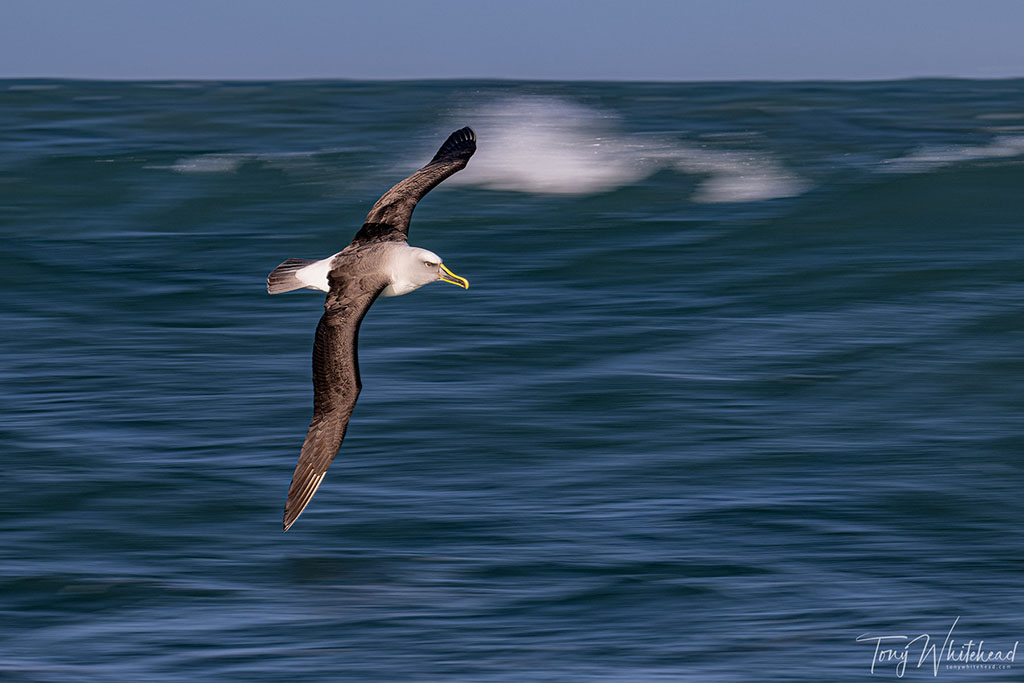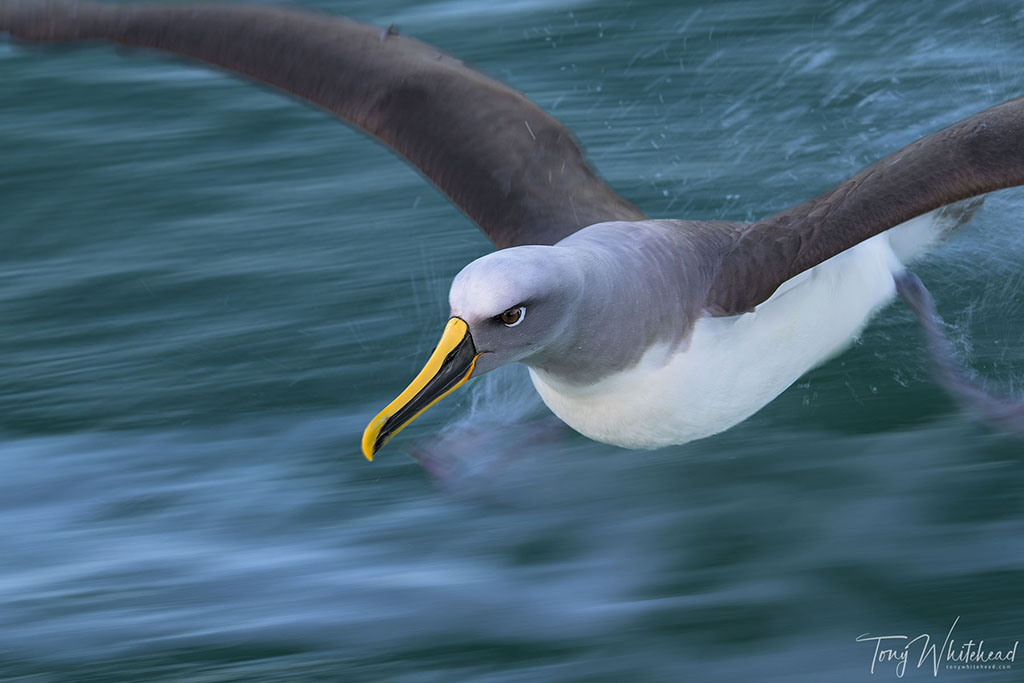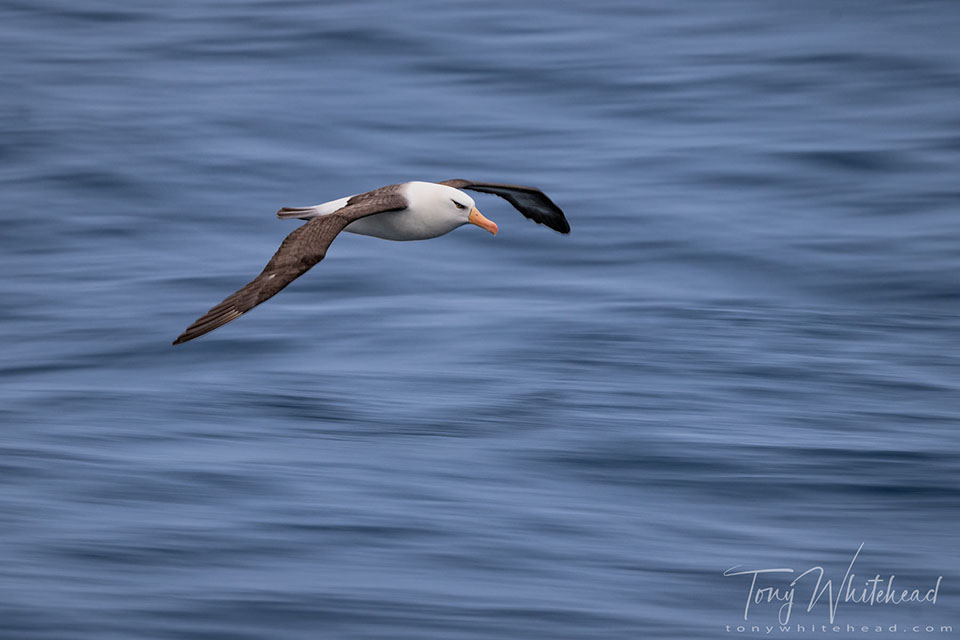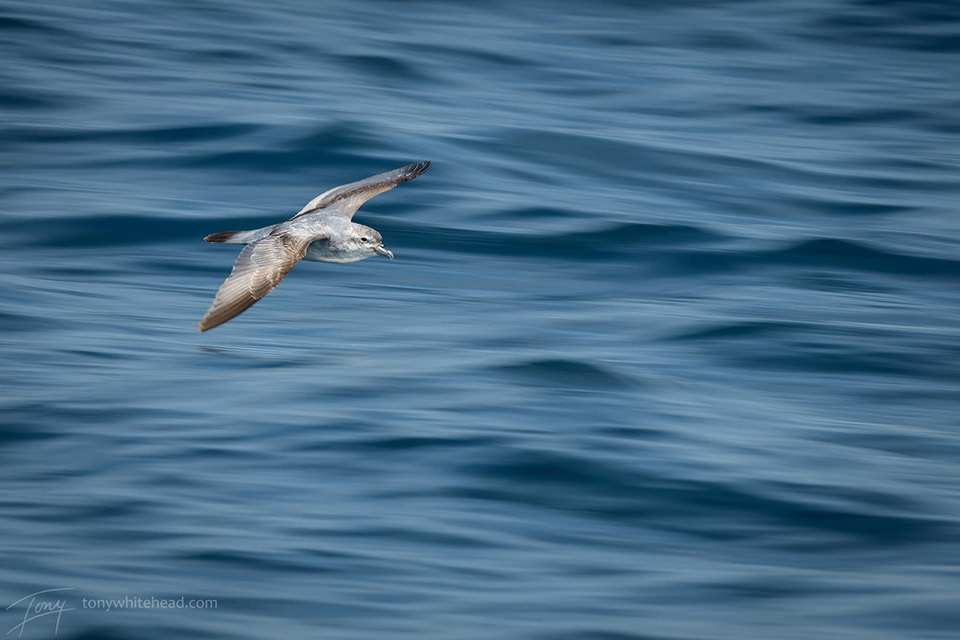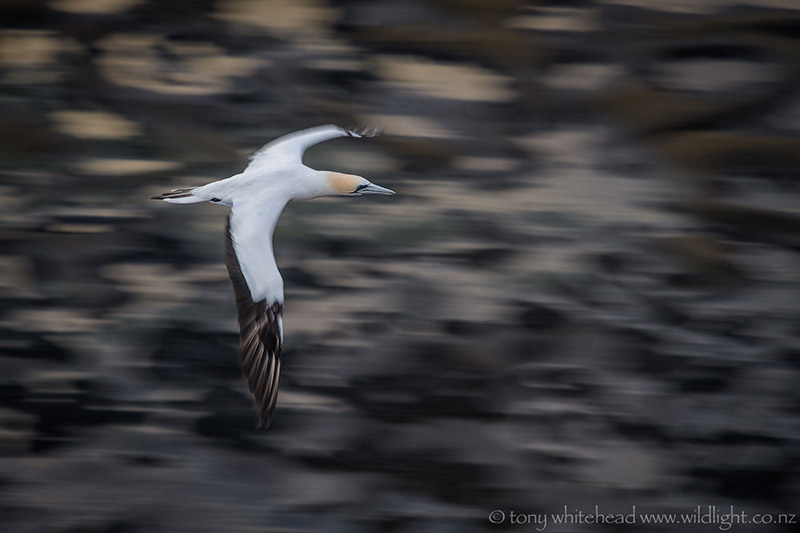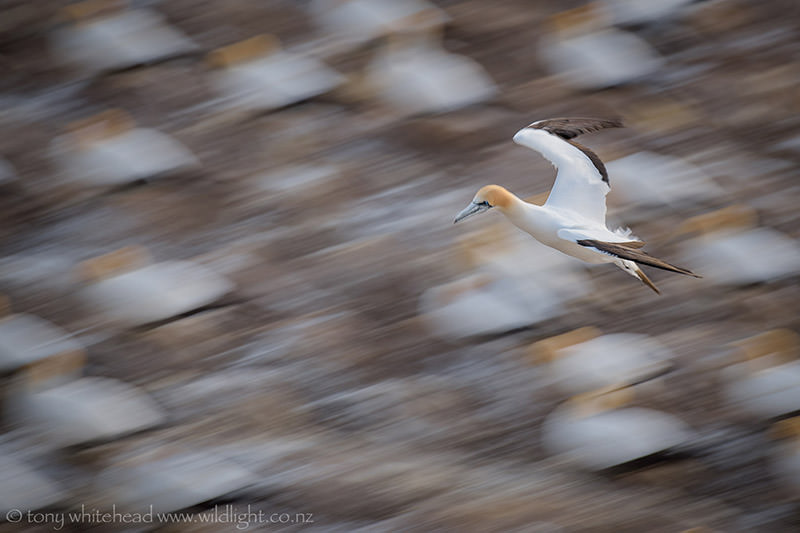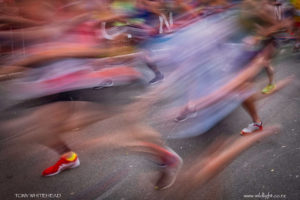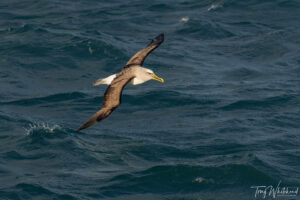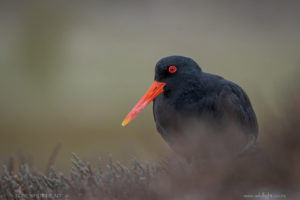I have always enjoyed making pan blur images of birds in flight as it creates a sensation of their speed. It is a high risk strategy as the keeper rate is low but improvements in technology are making it easier to succeed.
Digital capture has been a game changer as in the days of film the cost was prohibitive – in the digital world there is no cost to throwing away a hundred (or thousand!) images for one keeper
Image stabilisation adds another assistance as most systems will now detect panning motion and correct minor up/down motions while allowing the panning direction to be allowed without correction.
For me the Nikon Z9 has been a great step forward in two main ways. Firstly, the recall settings option allows me to program a button to access slow shutter, low ISO settings with one press rather than scrolling through shutter and ISO controls. Secondly and most importantly, the blackout free viewfinder makes it far easier to smoothly follow a flying bird. With a DSLR you would lose sight of the bird every time the mirror lifted and have to reacquire it when the mirror dropped.
The final area where advancements are making it easier, is in software for post production. I use Topaz Sharpen AI (and now more and more Topaz PhotoAI) for sharpening and the motion blur option can at times do an almost unbelievable job of correcting motion blur and in what previously would have been an “almost” image.
For those wanting to give this a try, shutter speed is the crucial setting. It depends on the size and speed of the birds and focal length of your lens but I find 1/30 to 1/60 a good starting point. ISO and aperture are adjusted to achieve a correct exposure for the ambient light and then it is a matter of practice and fine-tuning while reviewing images. If heading out on a pelagic trip I will try and practice on gulls while waiting for the boat as, like with most things, the more you practice the better you get.
